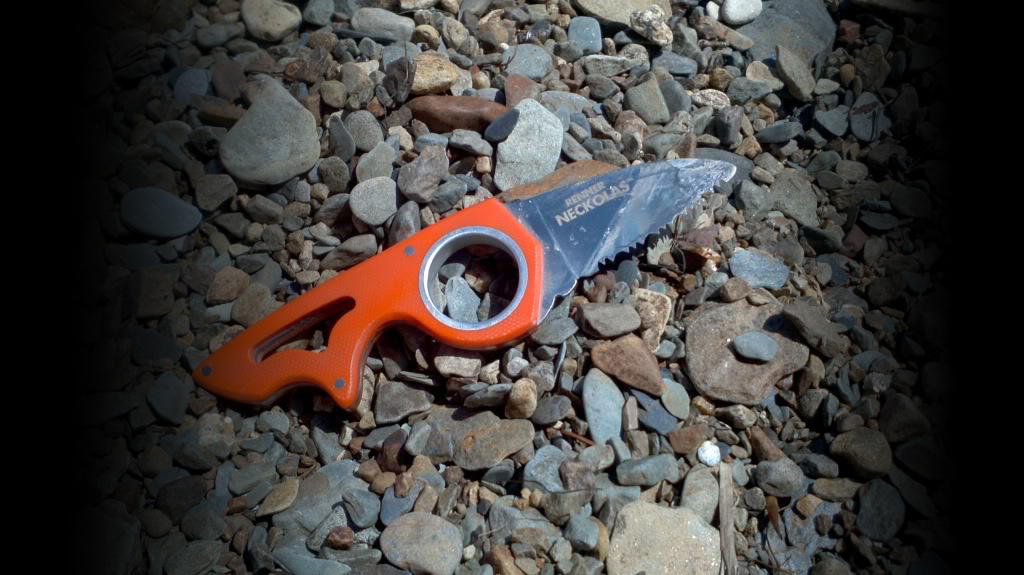
The Revo Duo is a nice mid-sized pocketknife that's comes with a handle length of 3.875", a blade length of 3.20", and an overall length of 7.00". Those who design pocketknives are always trying to find that sweet spot, making knives that are the right size for the job. With the added utility that the Duo provides, you want a knife that comfortable enough for everyday tasks and yet isn't unwieldy. The Duo is just the right length for my average sized hands, I'm able to get all four fingers on the handle, even if my pinky is only halfway on there. There's enough of notch for my index to get a good grip on the knife when in use. The G10 scales have a nice texture to them, reminiscent of ripples in a pond. They provide good traction when using the knife and I didn't have any issues with keeping control. Part of what helps aid in grip it's the extra width in the handle, coming in a 3/4 of an inch you've got a little extra to grab than if it was a knife with a single blade. Having that extra width does make things feel slightly off due to the blade not being centered in the frame.


The blade on the Duo comes in three flavors; tanto, sheepsfoot, and drop point. All styles are done with a hollow grind and a black stonewash finish. Accessing the blade is as easy as pressing the flipper tab on the back of the knife. The tab is very unobtrusive and features enough texture to successfully pop that blade open every time. The spine of the blade has a really long area of jimping that extends half the length of the blade. I think it's a little overkill, but considering many different people with various hand sizes will be using this knife, they wanted to ensure people have enough to put their thumb on. My model is the drop point version, and I found it cut well for its size. I'm so used to knives that are pretty tall and feature some belly, the Duo is pretty slim, and the hollow grind makes cutting easy.


What makes the knife a Duo is the extra blade/tool that's on board. Beside the main blade is a gut hook style cutter with a flat screwdriver or light duty pry on the end. While the main blade is locked in place via a frame lock, the secondary blade is held by a compression style lock. Accessing the hook is done by a nail nick that's nestled beside the main blade. For those unfamiliar with a compression lock, think of it as an upside-down liner lock. Disengaging the lock is as simple as pinching the lock towards the frame and that releases the blade. Having both styles of lock on the same tool is a little different and was an ingenious way to tackle an engineering challenge.

The Duo is different and stands out in a lineup of knives that struggle find a place in a constant battle of supremacy. For its size is packs a decent amount of utility, and it's great having a second tool on board for times when you may need one.






